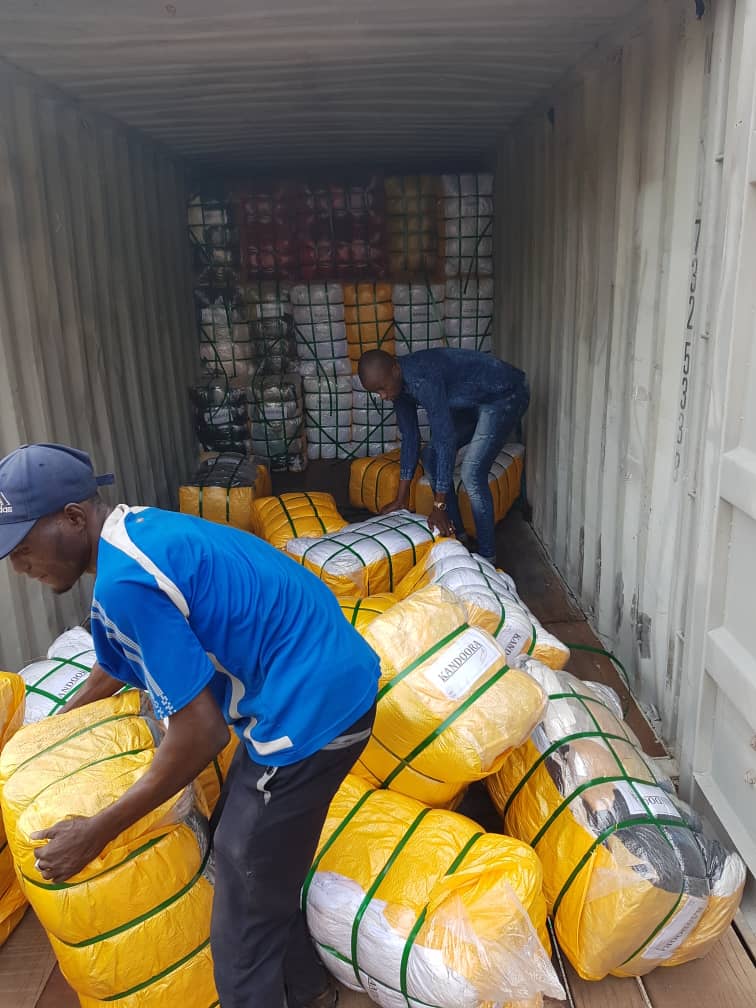Introduction:
Africa, a continent known for its vibrant culture, diversity, and rich history, is also a hub for the secondhand clothing industry. Secondhand clothing, often referred to as “mitumba” in East Africa or “okrika” in West Africa, has become an integral part of the fashion landscape in many African countries. In this article, we delve into the significance of secondhand clothing in Africa, exploring its economic, social, and environmental impacts, and how it has sparked a sustainable fashion revolution across the continent.
- Economic Opportunities:
The secondhand clothing industry has created a thriving marketplace and generated numerous economic opportunities in Africa. It serves as a source of income for countless individuals involved in the import, distribution, and retail of secondhand garments. Small-scale traders, market vendors, and entrepreneurs have found a niche in the industry, allowing them to support themselves and their families. Furthermore, the affordable prices of secondhand clothing make it accessible to many African consumers, enhancing their purchasing power and contributing to local economies.
- Fashion Expression and Cultural Preservation:
Secondhand clothing provides African consumers with a diverse range of styles, colors, and designs, enabling them to express their unique fashion sensibilities. From traditional attire to Western fashion influences, secondhand clothing offers a blend of cultural heritage and contemporary trends. In many African countries, there is a strong sense of pride in wearing traditional garments, and secondhand clothing allows individuals to embrace their cultural identity while adding a personal touch to their outfits.
- Sustainable Consumption:
Africa faces several environmental challenges, including textile waste and limited resources. Secondhand clothing presents a sustainable alternative to fast fashion, extending the lifespan of garments and reducing the demand for new production. By embracing the reuse and recycling of clothing, Africans are actively participating in sustainable consumption practices, minimizing waste, and conserving valuable resources. This approach aligns with the principles of a circular economy and contributes to a greener, more environmentally conscious Africa.
- Job Creation and Skill Development:
The secondhand clothing industry has created employment opportunities not only in the sales sector but also in garment repair, tailoring, and customization. Many individuals acquire valuable skills through repairing and altering secondhand clothing to suit their customers’ preferences. In turn, this fosters entrepreneurship and contributes to the growth of a skilled labor force. By investing in training programs and vocational education related to the secondhand clothing industry, Africa can empower its workforce and enhance economic development.
- Social Impact and Philanthropy:
Secondhand clothing plays a significant role in social initiatives and philanthropy across Africa. Charitable organizations and NGOs often distribute donated secondhand garments to marginalized communities, providing clothing to those in need. These initiatives not only address immediate clothing needs but also promote self-confidence, dignity, and a sense of belonging within disadvantaged communities. Moreover, the availability of affordable secondhand clothing helps reduce the economic disparities that exist within African societies.
- Challenges and Opportunities:
While the secondhand clothing industry has many benefits, it also faces challenges. Some critics argue that the influx of secondhand garments undermines local textile industries, leading to job losses and hindering economic growth. However, these challenges can be addressed through policies that support local production, promote fair trade practices, and encourage value addition within the fashion industry. African countries have the opportunity to capitalize on their unique fashion traditions and craftsmanship, fostering a sustainable and vibrant fashion ecosystem that complements the secondhand clothing market.
Conclusion:
Secondhand clothing has become an integral part of African fashion, offering economic opportunities, preserving cultural heritage, and promoting sustainable practices. By embracing the reuse and recycling of garments, Africa is leading the way in sustainable fashion consumption. As the continent continues to develop its fashion industry, there is immense potential for African designers, entrepreneurs


